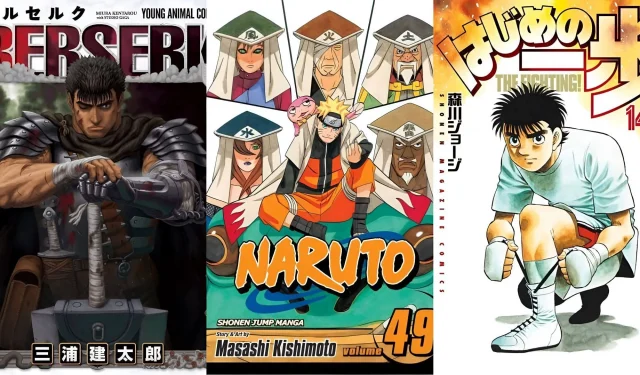Manga invites readers into extraordinary realms filled with captivating characters and intricate narratives. Yet, not all series find the perfect length for their stories. Some end abruptly, leaving fans frustrated with unresolved plots, while others drag on too long, diluting their essence and testing the patience of their audience.
The delicate art of pacing presents significant challenges for mangaka, who strive to keep readers engaged while maintaining the story’s momentum. This article explores five manga series that ended prematurely, showcasing their unrealized potential, as well as five that extended far beyond their prime, ultimately losing their appeal.
Through these case studies, we highlight the difficulties writers face in crafting stories that balance engagement with proper pacing.
Disclaimer: The following lists are presented in no specific order and reflect the author’s personal opinions.
5 Manga Series That Concluded Too Soon
1) Samurai 8: The Tale of Hachimaru

Created by Masashi Kishimoto, the mind behind Naruto, and illustrator Akira Okubo, Samurai 8 was a sci-fi samurai saga that skillfully blended advanced technology with traditional samurai motifs. Despite its promising concept, the series faced disappointing sales and was cut short after only 43 chapters, spanning from May 2019 to March 2020. Regrettably, this abrupt ending left numerous character arcs and plotlines unresolved, depriving readers of the chance to fully explore its fascinating universe of cybernetic warriors.
2) Berserk
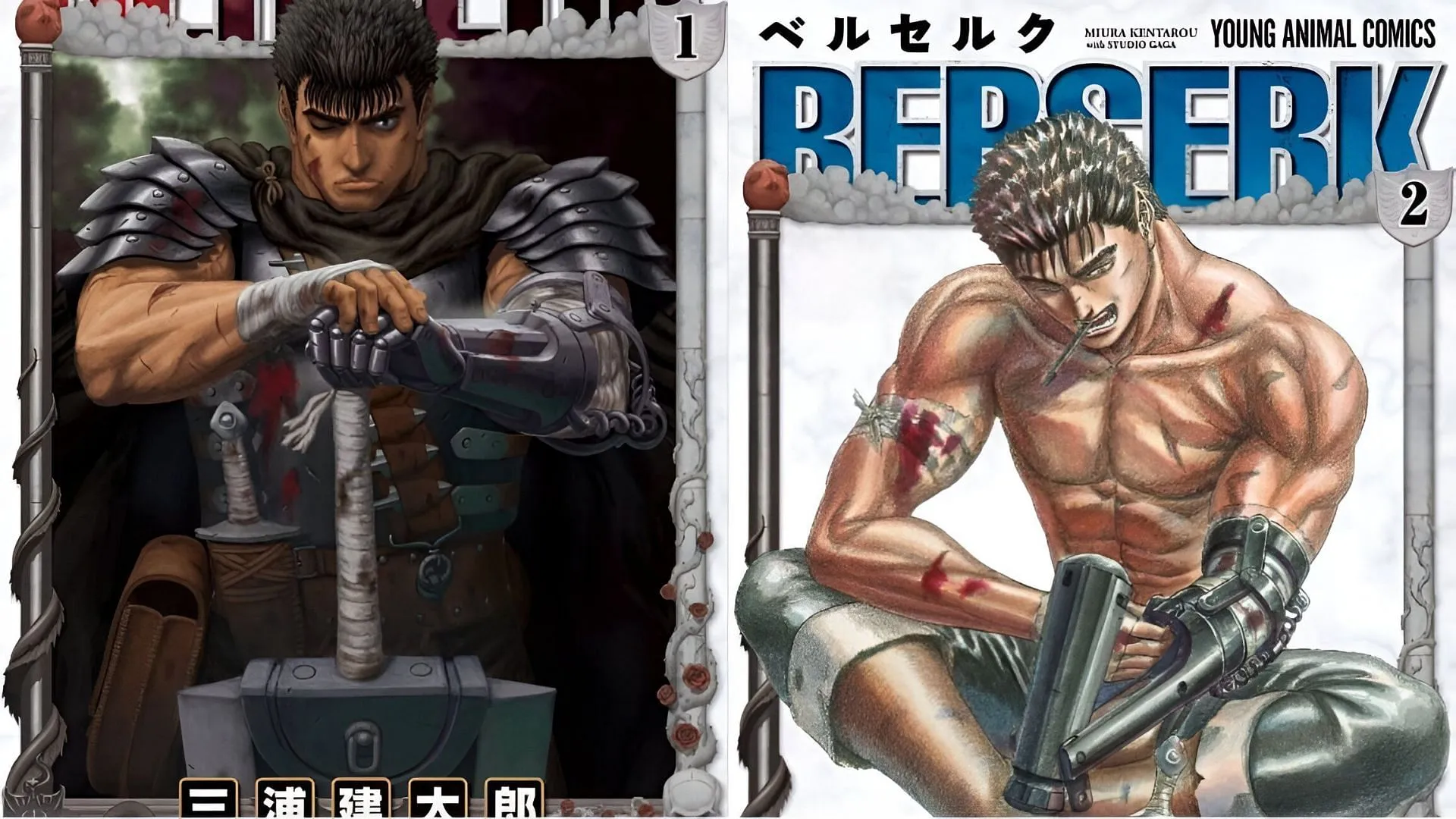
Kentaro Miura’s masterwork, Berserk, spanned three decades before his untimely passing in 2021. This harrowing dark fantasy, centered on Guts, the Black Swordsman, captivated fans globally with its exquisite artistry and profound character development. The series’ abrupt conclusion leaves readers yearning for Miura’s envisioned resolution to Guts’ vengeful mission against Griffith—a poignant reminder of both Miura’s immense talent and the story’s unfinished legacy.
3) Double Arts
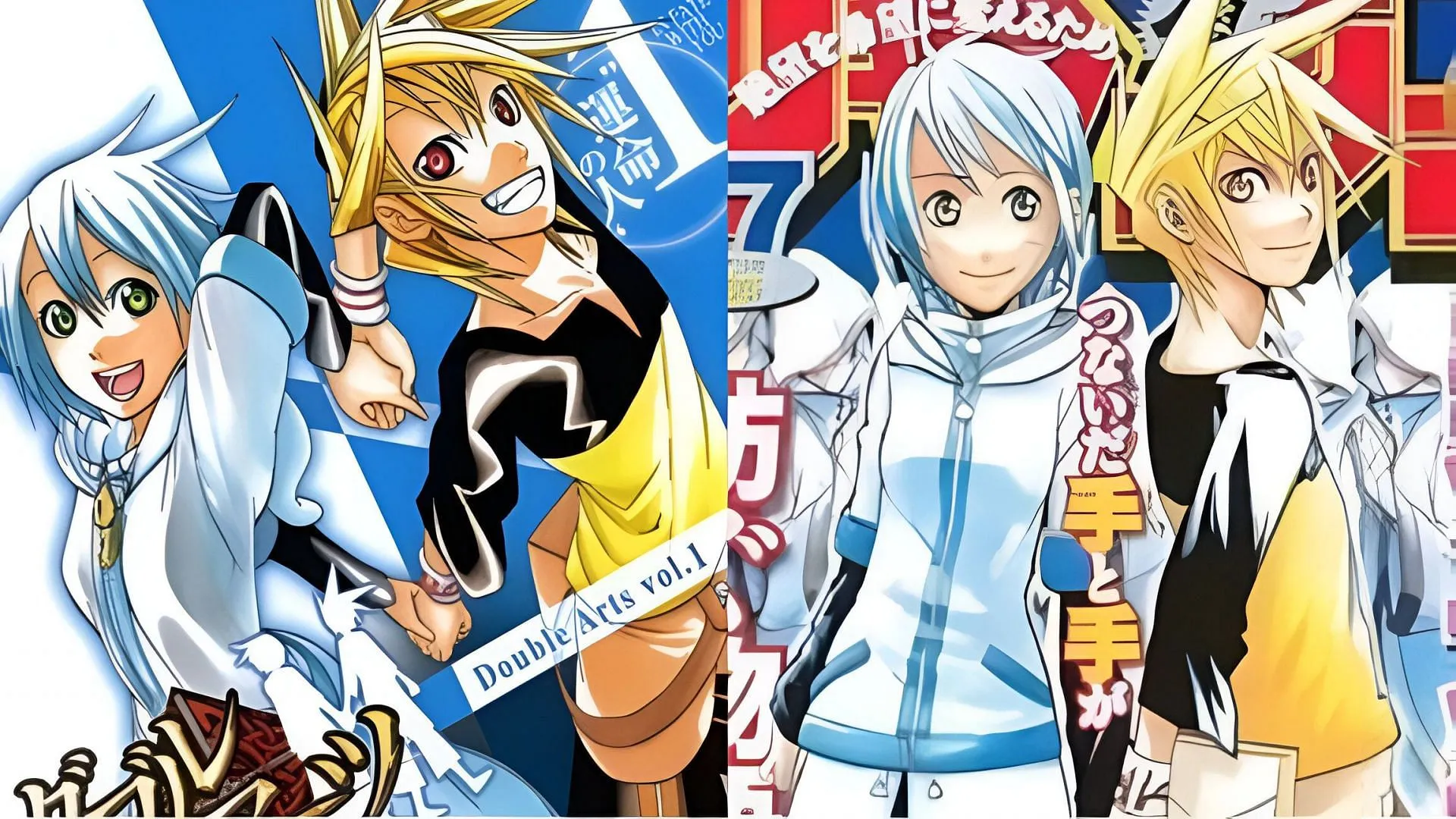
Komai Naoshi’s Double Arts introduces a thrilling premise set in a world plagued by a devastating illness. The 23-chapter series from 2008 follows Kiri, who possesses the ability to neutralize the Troia disease, and Elraine, who fights against its origins. Their alliance to initiate a unique combat technique, dubbed Double Arts, was crafted with artistic flair and a compelling narrative, but the story ended prematurely, leaving fans curious about the unfurling of its rich world and character development.
4) Mx0

In the comedic fantasy series Mx0 by Yasuhiro Kano, college student Taiga Kuzumi finds himself enrolled in a prestigious magic academy, pretending to possess magical abilities that he lacks. Utilizing a unique “card”that temporarily cancels magic, Taiga navigates his precarious situation. Although the series ran from 2006 to 2008 for 99 chapters, its inventive approach and captivating character dynamics were abruptly cut short before the narrative reached a satisfying conclusion.
5) High School of the Dead
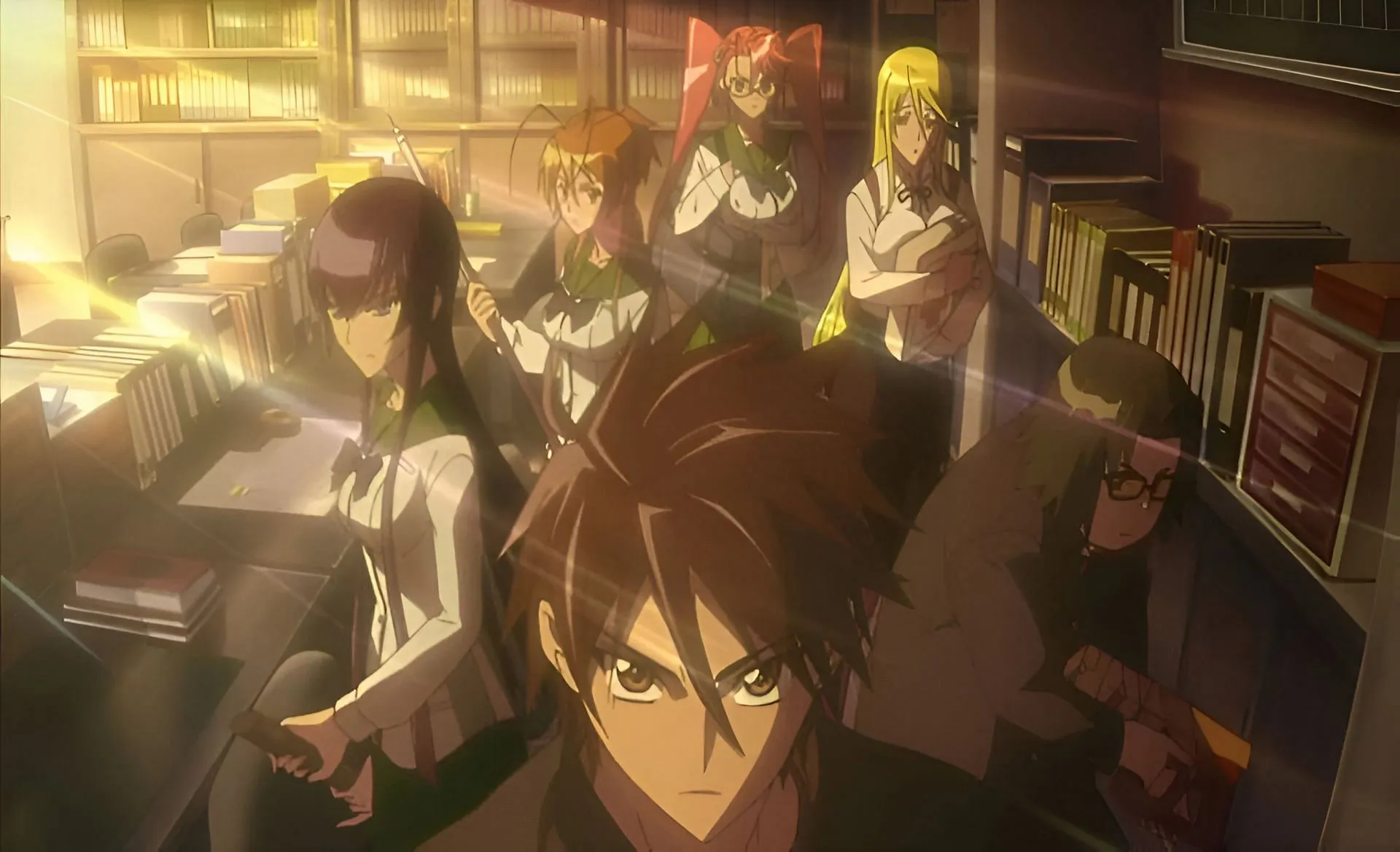
High School of the Dead, a thrilling manga about students battling a zombie apocalypse, began its journey in 2006 but was halted after just 30 chapters following an indefinite hiatus in 2013 and writer Daisuke Satō’s passing in 2017. This unforeseen termination disappointed readers, as significant character and plot development had already been established and left unresolved.
5 Manga Series That Outstayed Their Welcome
1) Rent-A-Girlfriend

Reiji Miyajima’s romantic comedy Rent-A-Girlfriend chronicles the life of a college student who, following a breakup, rents a girlfriend. However, what could have been a concise narrative has spun into an elaborate series of romantic misadventures, expanding to over 300 chapters by 2025. The continual resets of character development and relationships have resulted in a repetitive cycle, extending the plot beyond its initial impact.
2) Detective Conan/Case Closed
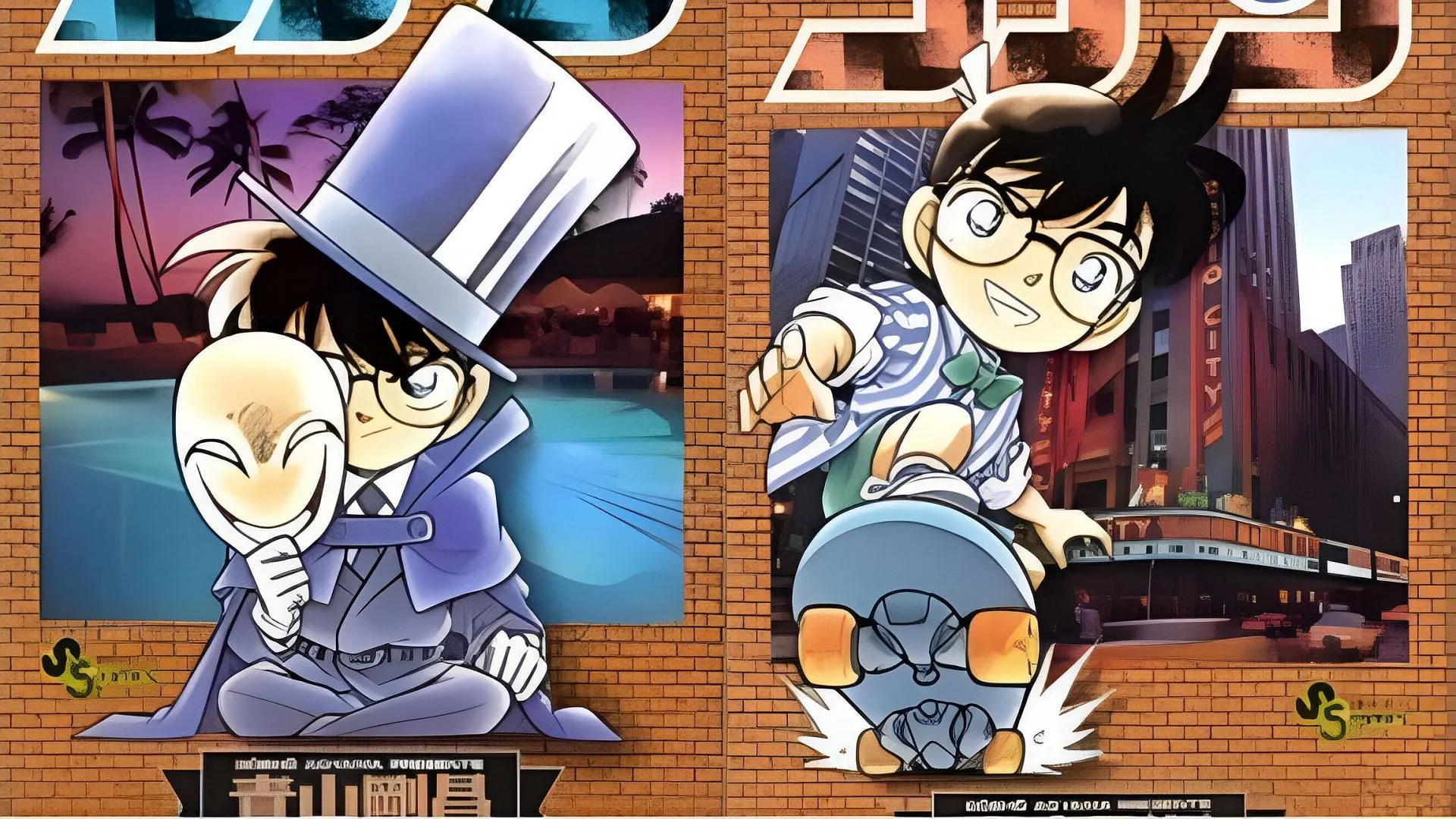
Debuting in 1994, Gosho Aoyama’s Detective Conan has produced over 1,100 chapters revolving around a child detective. While the series maintains high-quality episodic mysteries, the overarching plot concerning the Black Organization unfolds at a glacial pace. New characters continue to emerge, complicating the narrative further without resolving existing storylines, sacrificing momentum for continued playfulness.
3) Hajime no Ippo
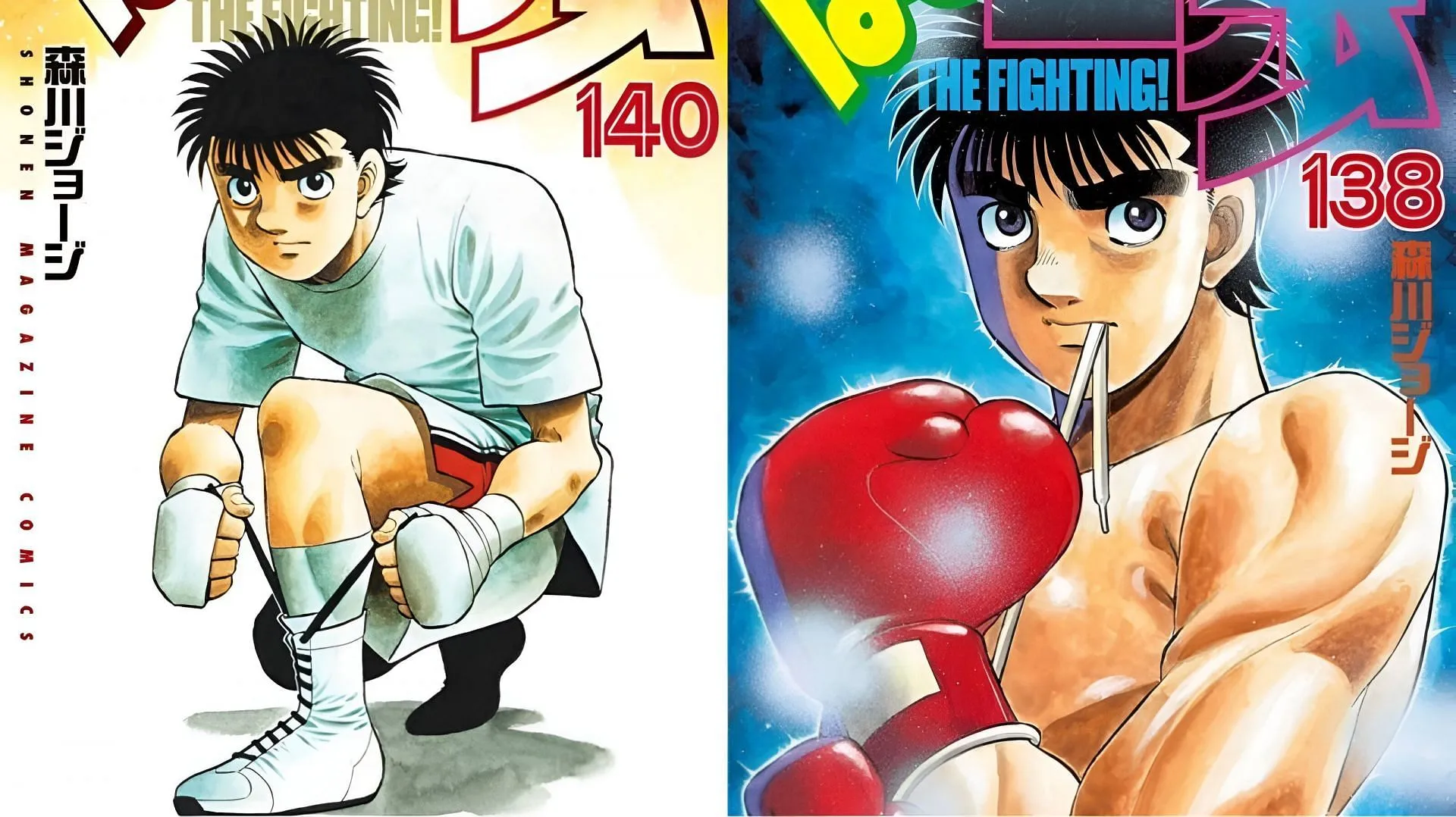
Launched in 1989, Hajime no Ippo has chronicled Ippo Makunouchi’s boxing journey through a staggering 1,400 chapters. While praised for its accurate portrayal of boxing, the manga often falls into repetitive patterns of training and protracted fights. The narrative meanders, leaving many readers feeling that pivotal milestones could have been achieved more efficiently, avoiding unnecessary detours.
4) Naruto
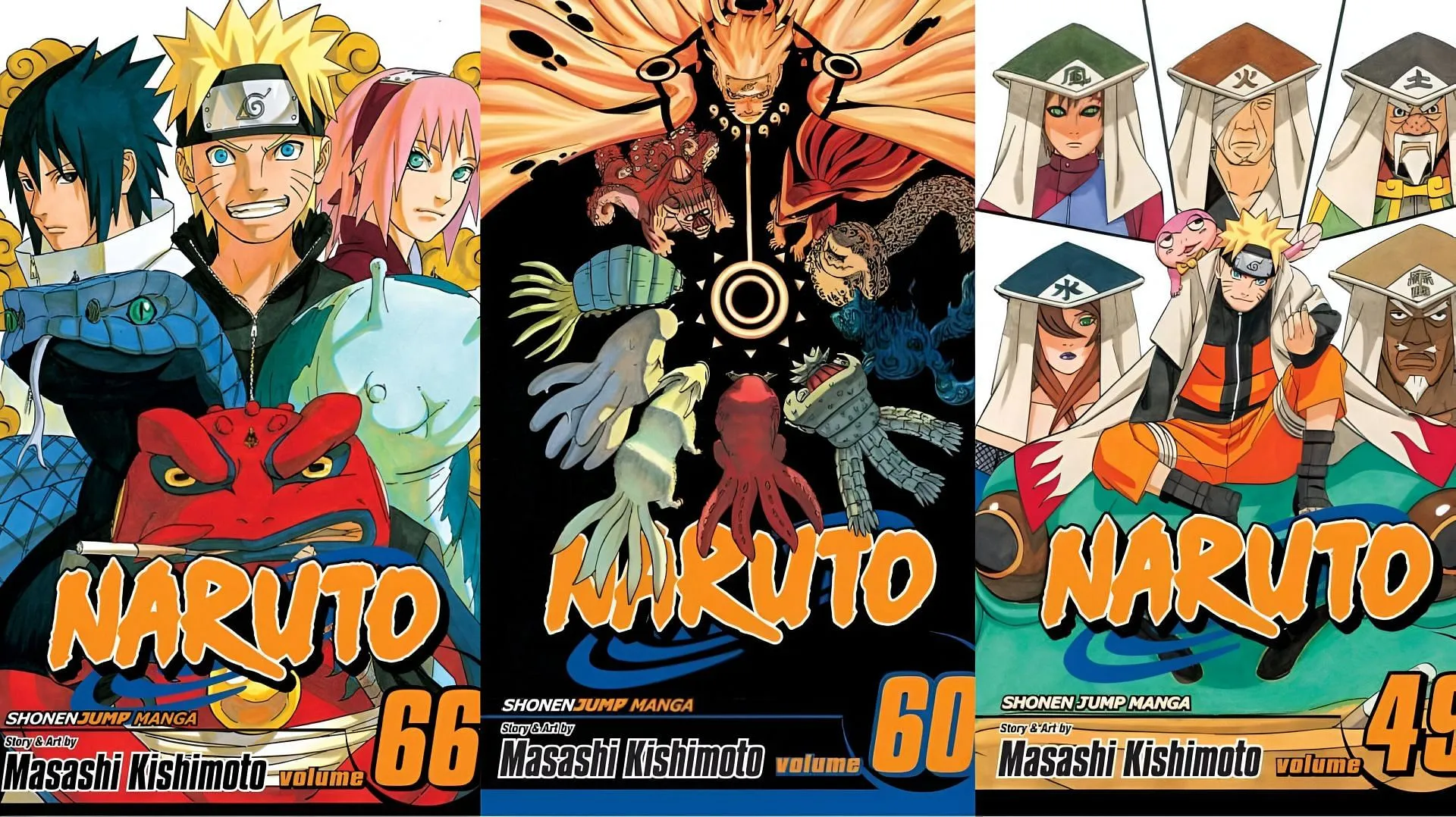
The iconic series Naruto, birthed by Masashi Kishimoto, followed an orphaned ninja’s quest for acknowledgment. Spanning 700 chapters from 1999 to 2014, it captivated audiences worldwide, yet struggled with pacing—especially notable during the Fourth Ninja War arc, which accounted for nearly half the story’s length. The buildup to the climax introduced numerous retcons and power escalations, impacting the narrative’s cohesion and flow.
5) Fairy Tail
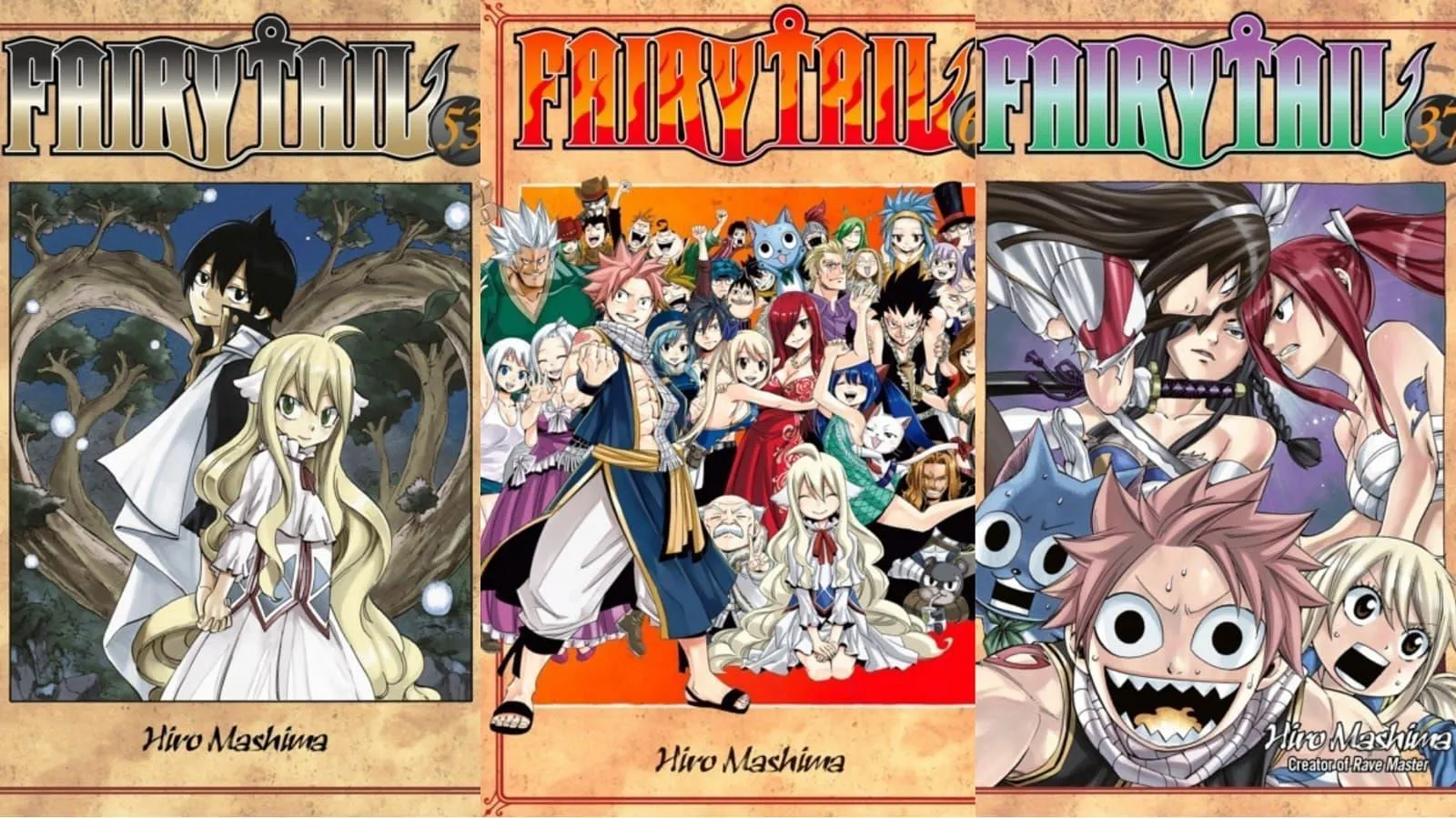
Over its 545 chapters from 2006 to 2017, Fairy Tail, created by Hiro Mashima, chronicled the adventures of wizard guild members. Despite its initial acclaim, the series faced criticism for formulaic storytelling and reliance on “friendship power”as conflict resolution. The repetitive arcs and reintroduction of previously defeated adversaries diminished the series’ tension, suggesting that a more condensed approach might have sustained its strengths while reducing redundancy.
Conclusion
The duration of a manga series significantly influences its legacy and the lasting impressions it leaves on fans. While some narratives suffer from swift cancellations, others risk losing their essence through prolonged serialization. Successful manga exemplifies the importance of narrative timing, delivering satisfying conclusions that leave readers feeling fulfilled by well-crafted characters and resolved storylines. The experiences gleaned from these examples stress the value of knowing when to conclude a tale, paralleling the critical importance of when to initiate one.
